Exploring the Various Types of Wash Basins in India
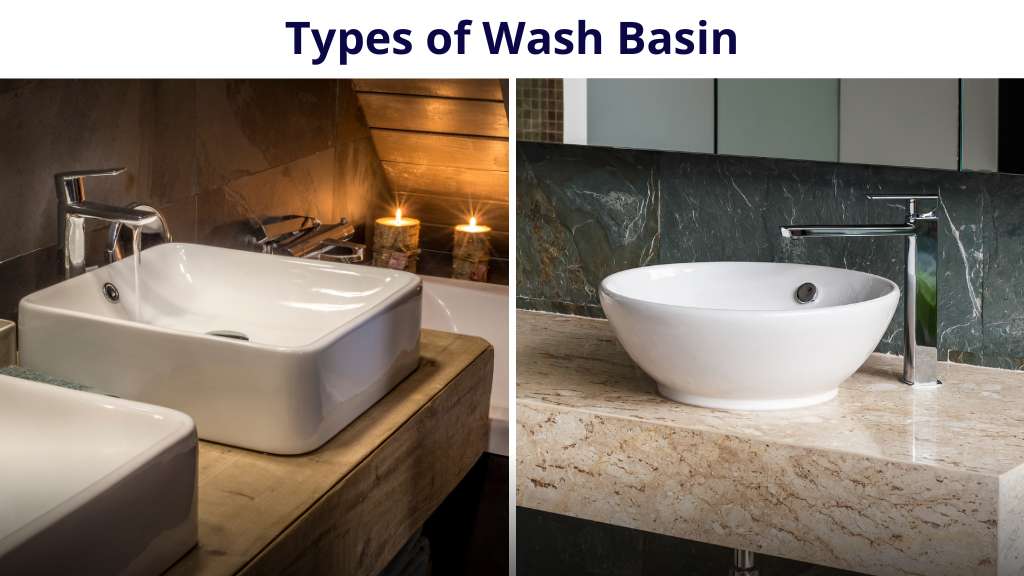
Introduction
Wash basins, an essential component of any bathroom or washroom, come in a plethora of styles, sizes, and materials to suit the diverse preferences and needs of individuals. In India, where cultural and design diversity reigns supreme, the variety of wash basin options available is quite remarkable. In this blog, we will delve into the different types of wash basins commonly found across the country, highlighting their features, advantages, and best-use scenarios.
8 Different Types of Wash Basins!
Let’s look at various types of wash basins available in the market.
1. Pedestal Wash Basins
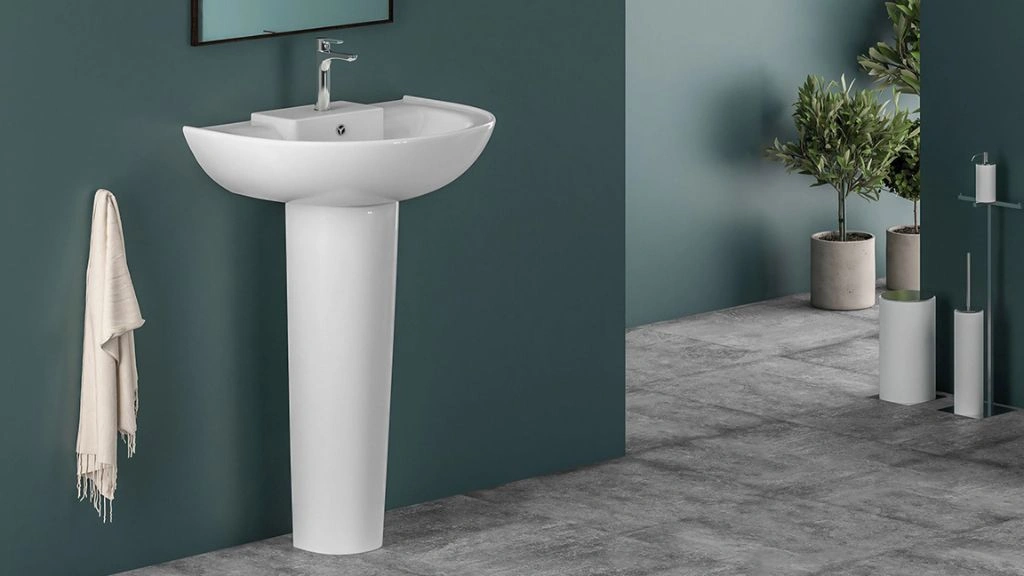
Pedestal wash basins are a classic choice, known for their elegant and timeless appearance. They consist of a basin mounted on a pedestal, which conceals the plumbing and adds a touch of sophistication to the bathroom. These basins are available in various sizes and shapes, making them suitable for both compact and spacious bathrooms.
2. Wall-Mounted Wash Basins
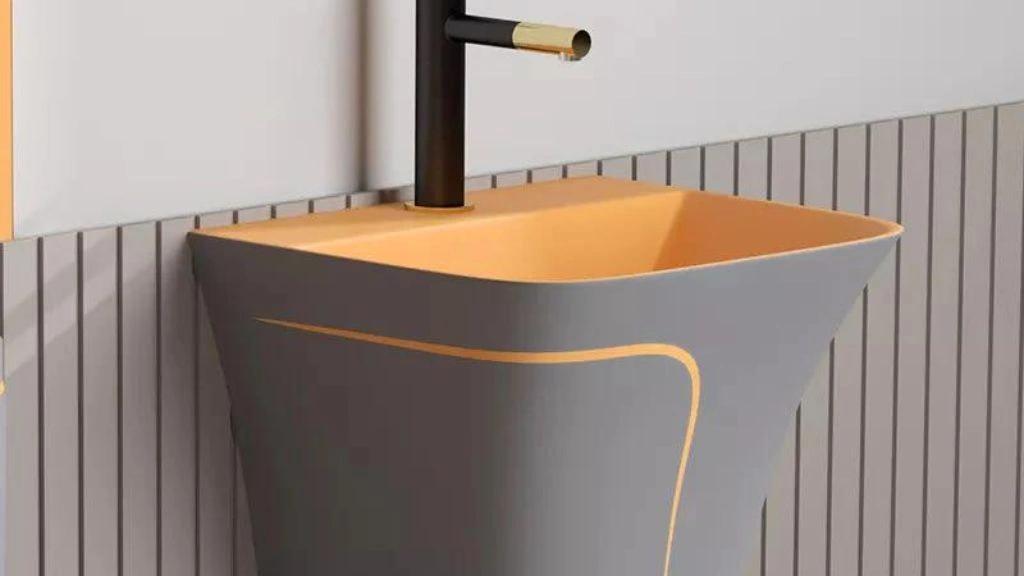
Ideal for smaller bathrooms or those seeking a minimalist look, wall-mounted wash basins are fixed directly to the wall. This type of wash basin creates an illusion of space by freeing up floor space and allowing for easy cleaning underneath. They can be combined with a countertop or a vanity unit for storage purposes.
3. Countertop Wash Basins
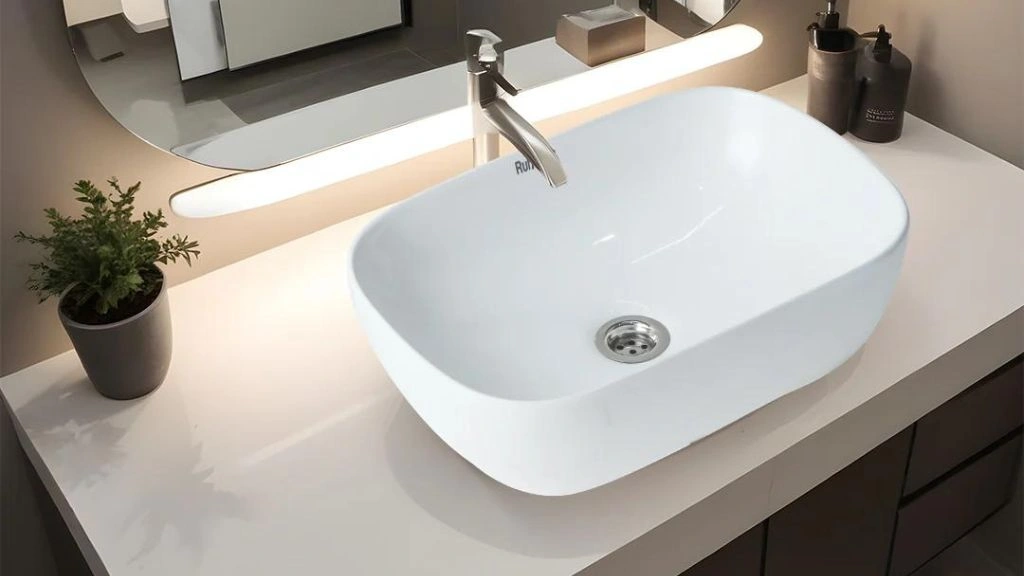
Countertop wash basins sit atop a vanity unit or countertop, creating a stylish and contemporary aesthetic. They come in diverse materials like ceramic, glass, marble, and granite, allowing homeowners to customise their bathroom design. This type offers ample counter space for personal items and adds a touch of luxury to the bathroom.
4. Under-Counter Wash Basins
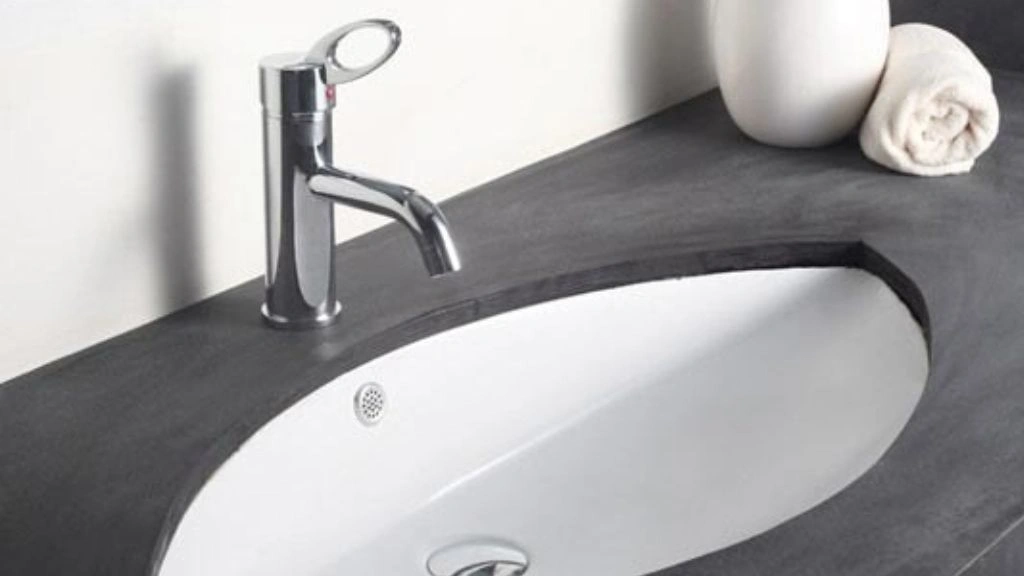
Under-counter wash basins are mounted beneath the countertop, offering a seamless and clutter-free appearance. They are known for being easy to clean and maintaining a sleek look. This type of basin is often paired with stone or solid surface countertops, providing a modern and visually appealing bathroom design.
5. Semi-Recessed Wash Basins
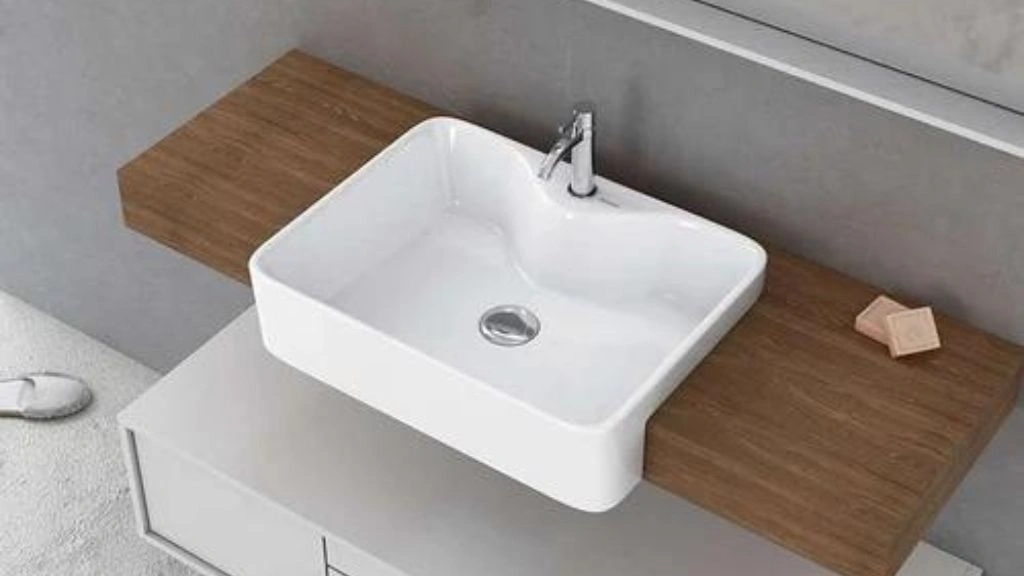
Semi-recessed wash basins are partially embedded into a countertop or vanity unit. This design offers the advantages of both countertops and wall-mounted basins, providing a stylish appearance while saving space. These basins are commonly seen in hotel bathrooms and contemporary residential settings.
6. Console Wash Basins
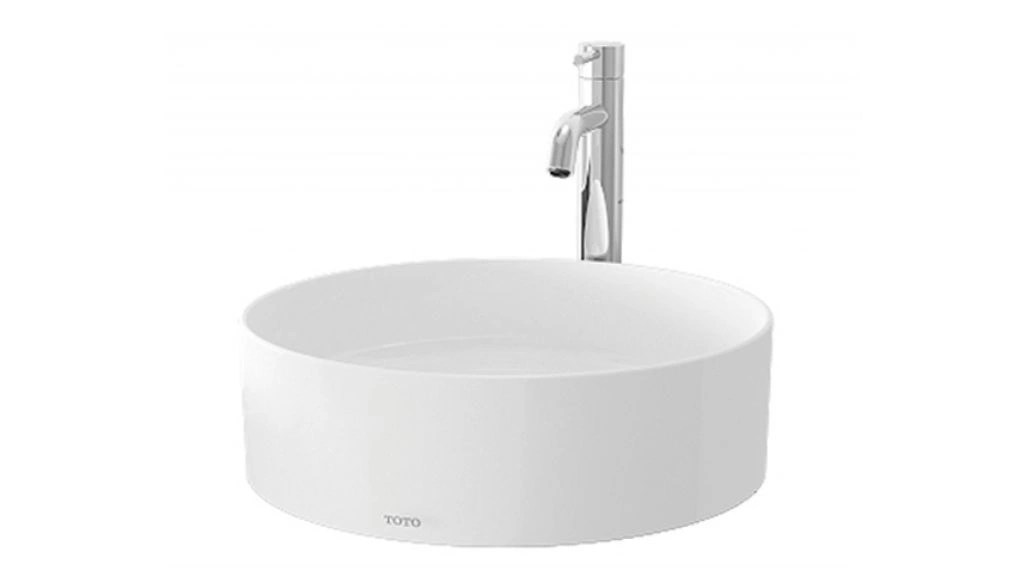
Console wash basins combine the functionality of a wash basin with the convenience of a vanity unit. They consist of a basin attached to a set of legs or a frame that often includes storage space. Console basins are particularly popular in bathrooms with a vintage or retro design theme.
7. Corner Wash Basins
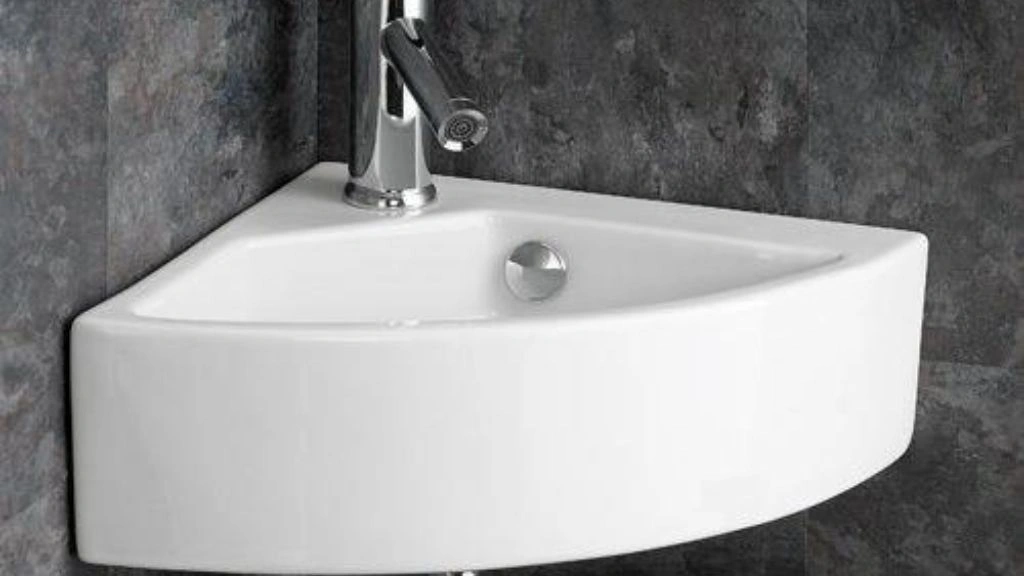
Designed to make the most of tight spaces, corner wash basins are installed in the corner of the bathroom. They are a smart solution for compact bathrooms where space optimization is crucial. These basins come in various shapes and sizes, ensuring there’s a suitable option for every layout. Designed to make the most of tight spaces, corner wash basins are installed in the corner of the bathroom. They are a smart solution for compact bathrooms where space optimization is crucial. These basins come in various shapes and sizes, ensuring there’s a suitable option for every layout.
8. Designer Wash Basins
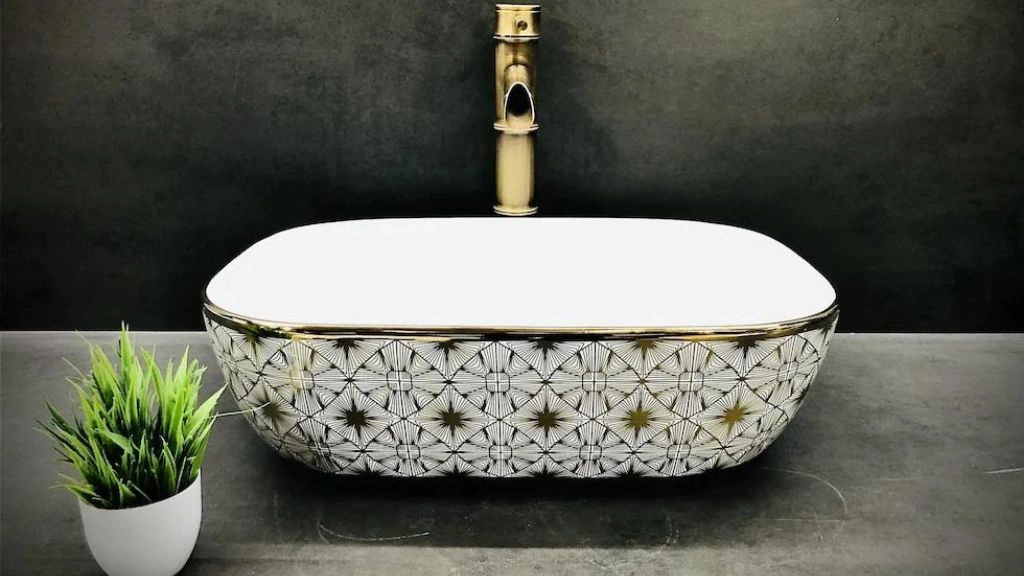
For those seeking a touch of luxury and uniqueness, designer wash basins offer a wide range of artistic and sculptural designs. These basins serve as statement pieces, transforming the bathroom into an artistic haven. They come in an array of shapes, colors, and materials to cater to individual tastes.
Which Material To Choose For Different Types Of Wash Basins?
The choice of material for a washbasin depends on various factors, including aesthetics, durability, maintenance, and budget. Here are some common materials used for different types of washbasins, each with its own advantages:
Ceramic
- Ceramic is one of the most popular choices for washbasins due to its affordability, durability, and easy maintenance. It’s resistant to stains and scratches, making it a practical option for daily use. Ceramic washbasins come in various designs and finishes, allowing you to choose a style that suits your bathroom decor.
Porcelain
- Porcelain is a type of ceramic that is fired at a higher temperature, making it more dense and durable. Porcelain washbasins are highly resistant to stains, scratches, and chipping. They also have a smooth, glossy surface that is easy to clean. However, porcelain washbasins can be more expensive than standard ceramic ones.
Glass
- Glass washbasins offer a modern and elegant look. They come in various colors and designs, and their translucent nature can add a touch of luxury to the bathroom. However, glass washbasins require regular cleaning to prevent water spots and smudges, and they may be more susceptible to chipping or cracking compared to ceramic or stone options.
Stainless Steel
- Stainless steel washbasins are known for their durability, resistance to corrosion, and modern appearance. They are easy to clean and maintain, making them a popular choice for commercial settings. Stainless steel washbasins can work well in contemporary and industrial-themed bathrooms.
Natural Stone (Marble, Granite, etc.)
- Natural stone washbasins bring a sense of luxury and uniqueness to the bathroom. Marble and granite, in particular, are highly durable and visually appealing. However, they require more maintenance compared to other materials, as they can be porous and may need sealing to prevent staining.
Solid Surface
- Solid surface materials like Corian offer a seamless and contemporary look. These materials are non-porous, making them resistant to stains and bacteria growth. They can be moulded into various shapes, allowing for customised designs. However, solid surface washbasins can be relatively more expensive.
Composite Materials
- Composite materials, such as quartz or quartzite, combine the best properties of natural stone and modern manufacturing techniques. They are durable, non-porous, and come in a range of colors and patterns. Composite materials are often chosen for their aesthetic appeal and low maintenance.
In the end, the best material for a washbasin depends on your individual preferences, budget, and the overall style of your bathroom. It’s important to consider factors like durability, maintenance requirements, and the aesthetic you want to achieve.
Factors To Consider When Looking For Types of Wash Basins
When looking for a quality wash basin, there are several key features to consider. These features contribute to the functionality, durability, and overall aesthetic of the basin. Here are the top features to look for in a quality wash basin:
- Material Quality: A quality wash basin is typically made from durable and resilient materials. Common options include ceramic, porcelain, glass, stainless steel, and natural stone. The material should be resistant to stains, scratches, and chipping, ensuring that the basin remains in good condition over time.
- Finish and Surface: The finish of the basin’s surface is important for both aesthetics and functionality. A smooth and non-porous surface is easier to clean and maintain. Look for basins with a glazed finish in the case of ceramic or porcelain options, as this helps prevent stains and makes cleaning more effortless.
- Design and Style: The design and style of the wash basin should complement your bathroom’s overall decor. Whether you prefer a classic, modern, minimalist, or unique design, choose a basin that fits seamlessly into the aesthetic you’re aiming for.
- Size and Shape: Consider the available space in your bathroom when selecting the size and shape of the wash basin. A quality basin should not only fit comfortably within the allotted space but also provide ample room for washing without splashing water everywhere.
- Depth and Bowl Shape: The depth and shape of the basin’s bowl contribute to its functionality. A deeper bowl can prevent splashing, while a well-designed bowl shape ensures efficient drainage and prevents water from pooling.
- Mounting Options: Different types of mounting options, such as wall-mounted, countertop, pedestal, or under-counter, offer various installation choices. Choose the mounting style that suits your bathroom layout and preferences.
- Faucet Compatibility: Ensure that the basin is designed to accommodate the type of faucet you intend to use. Some basins have pre-drilled holes for faucets, while others may require wall-mounted or deck-mounted faucets.
- Durability and Longevity: A quality wash basin should be built to withstand daily use without showing signs of wear quickly. Look for basins made from durable materials that are resistant to common bathroom chemicals and cleaning agents.
- Ease of Cleaning: An easy-to-clean basin is a crucial feature. Smooth surfaces with minimal crevices or seams are easier to maintain, preventing the buildup of grime and dirt over time.
- Accessories and Add-ons: Consider any additional features that enhance the functionality of the basin, such as integrated soap dishes, towel rails, or overflow prevention mechanisms.
- Brand Reputation: Opt for reputable brands known for producing high-quality bathroom fixtures. A brand’s reputation can be a reliable indicator of the basin’s quality and performance.
- Warranty: Check if the basin comes with a warranty, as this can provide peace of mind regarding its longevity and quality.
A quality wash basin should offer a combination of durability, functionality, and aesthetics. By considering the material, finish, design, size, and additional features, you can select a basin that not only meets your practical needs but also enhances the overall look of your bathroom.
Conclusion
In conclusion, the diverse types of wash basin available in India allows homeowners and designers to create bathrooms that are not only functional but also aesthetically pleasing.
From the classic elegance of pedestal basins to the modern chic of wall-mounted or countertop basins, each type has its unique advantages and can be chosen to suit the space, style, and preferences of the user. When selecting a wash basin, it’s essential to consider the bathroom’s layout, size, and design theme to make the right choice.






